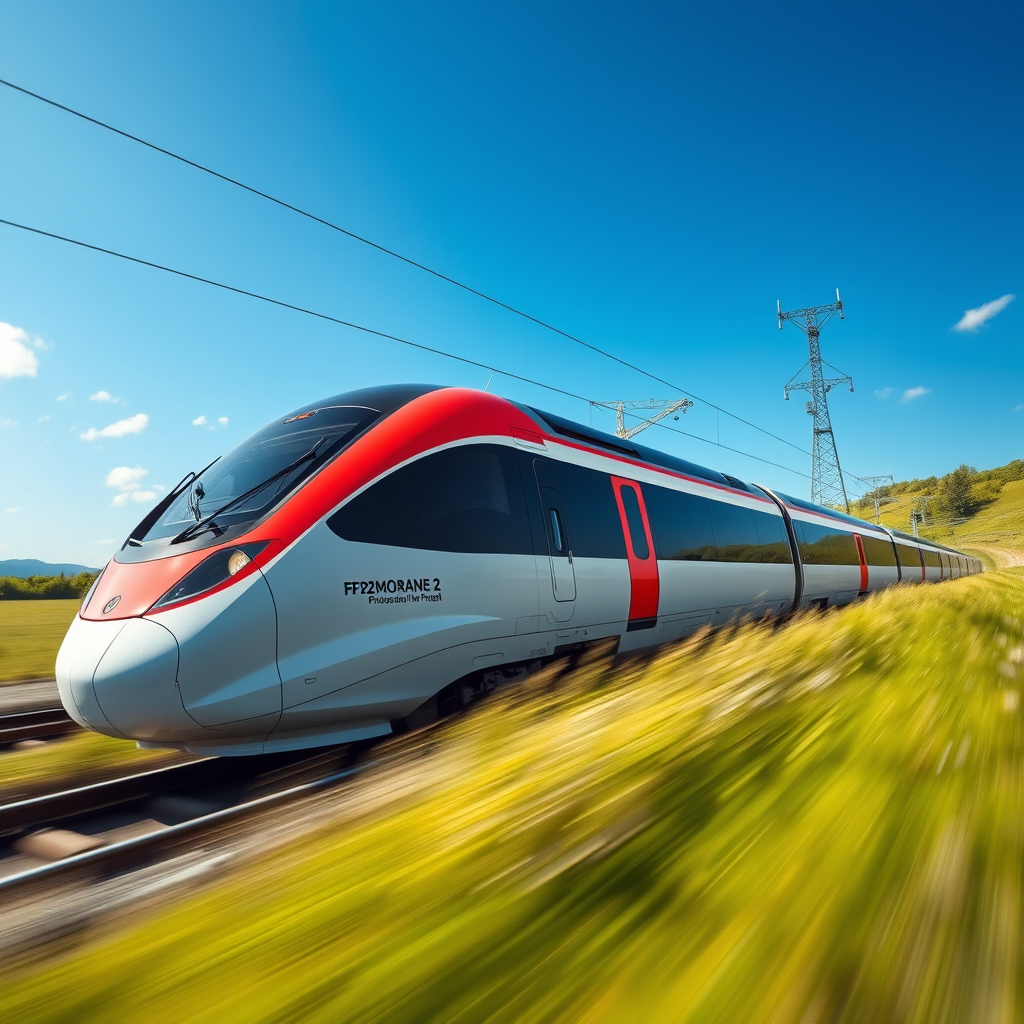FP2-MORANE-2: Modernizing Europe’s Rail Network

Introduction
The European railway system is undergoing a significant transformation, driven by the need for increased capacity, enhanced digitalization, and improved competitiveness. This evolution hinges on the successful implementation of the European Rail Traffic Management System (ERTMS) (ERTMS), a comprehensive modernization initiative aiming to standardize and harmonize railway signaling and control across the European Union (EU). A critical component of this modernization is the transition from the aging Global System for Mobile Communications – Railway (GSM-R) to the Future Railway Mobile Communication System (FRMCS). This article delves into the FP2-MORANE-2 project, a crucial initiative focused on testing and validating the FRMCS technology in real-world conditions. The project’s success is paramount to ensuring a smooth and timely transition to FRMCS, enabling the realization of ERTMS’s full potential and paving the way for a more efficient, sustainable, and technologically advanced European rail network. The project’s scope includes testing in diverse environments, collaboration with key stakeholders, and alignment with existing and future EU rail initiatives. We will examine the project’s objectives, methodology, and expected impact on the future of European rail transport.
The FP2-MORANE-2 Project: Testing the Future of Railway Communications
The FP2-MORANE-2 project, a €13.5 million initiative co-funded by the EU-RAIL (European Rail Joint Undertaking) and the SNS JU (European Smart Networks and Services Joint Undertaking), is at the forefront of this technological shift. Its primary goal is to rigorously test and refine the market-ready specifications for FRMCS, ensuring their seamless integration into future revisions of the Technical Specifications for Interoperability (TSIs). This rigorous testing process will encompass a variety of scenarios, including operation on both conventional and high-speed rail lines, thereby providing a comprehensive evaluation of the system’s capabilities across diverse operational contexts.
A Collaborative Approach: Stakeholders and Partnerships
The success of FP2-MORANE-2 relies heavily on a collaborative approach, bringing together a diverse consortium of key players within the European rail industry. The project is coordinated by the International Union of Railways (UIC), and involves active participation from UNIFE (representing the European Rail Supply Industry), numerous national railway operators (e.g., ADIF, BaneDanmark, Network Rail), leading rail equipment suppliers (e.g., Alstom, CAF, Hitachi Rail), and telecommunications providers (e.g., Ericsson, KPN, Telia). This collaborative framework ensures a holistic approach, encompassing the perspectives of all stakeholders involved in the development, implementation, and operation of the FRMCS system. The involvement of regulatory bodies, such as the European Union Agency for Railways (ERA), further strengthens the project’s alignment with EU regulatory frameworks and standardization efforts.
Testing Methodology and Scope
The project’s testing phase is divided into six work packages, each targeting specific aspects of FRMCS functionality. These tests will be conducted in three European laboratories and on various operational rail lines, encompassing both conventional and high-speed rail networks. The testing encompasses the validation of the latest FRMCS specifications provided by the ERA, ensuring compliance with EU standards and interoperability requirements. This multifaceted approach provides a robust assessment of FRMCS performance across a range of operational parameters and environmental conditions. The comprehensive testing aims to validate the system’s ability to support existing applications, including the European Train Control System (ETCS) and voice communications, while also enabling new advanced functionalities, such as Automated Train Operation (ATO) at different levels (GoA1/2/3/4), data transmission, and video streaming.
Towards a Modernized European Rail Network
The successful completion of the FP2-MORANE-2 project is critical for the broader goal of modernizing the European rail network. The project’s findings will directly inform the next revision of the Control Command and Signalling TSI (CCS TSI), scheduled for 2027. This updated TSI will incorporate the validated FRMCS specifications, ensuring a standardized and interoperable communication system across the EU. The transition to FRMCS offers several key benefits, including improved safety, increased capacity, enhanced operational efficiency, and the ability to support new, data-intensive services. By enabling a seamless transition from GSM-R, the project contributes directly to the broader EU vision of a sustainable, efficient, and competitive rail transport system. The project’s emphasis on collaboration and alignment with other EU-Rail initiatives underscores its strategic importance in shaping the future of European rail. The timely and successful deployment of FRMCS is not just a technological upgrade; it’s a crucial step towards achieving a more efficient, environmentally friendly, and interconnected European rail network that can meet the growing demands of passenger and freight transport in the years to come. The industry’s collaborative commitment, as exemplified by FP2-MORANE-2, demonstrates a shared vision for the future of rail transportation in Europe.



